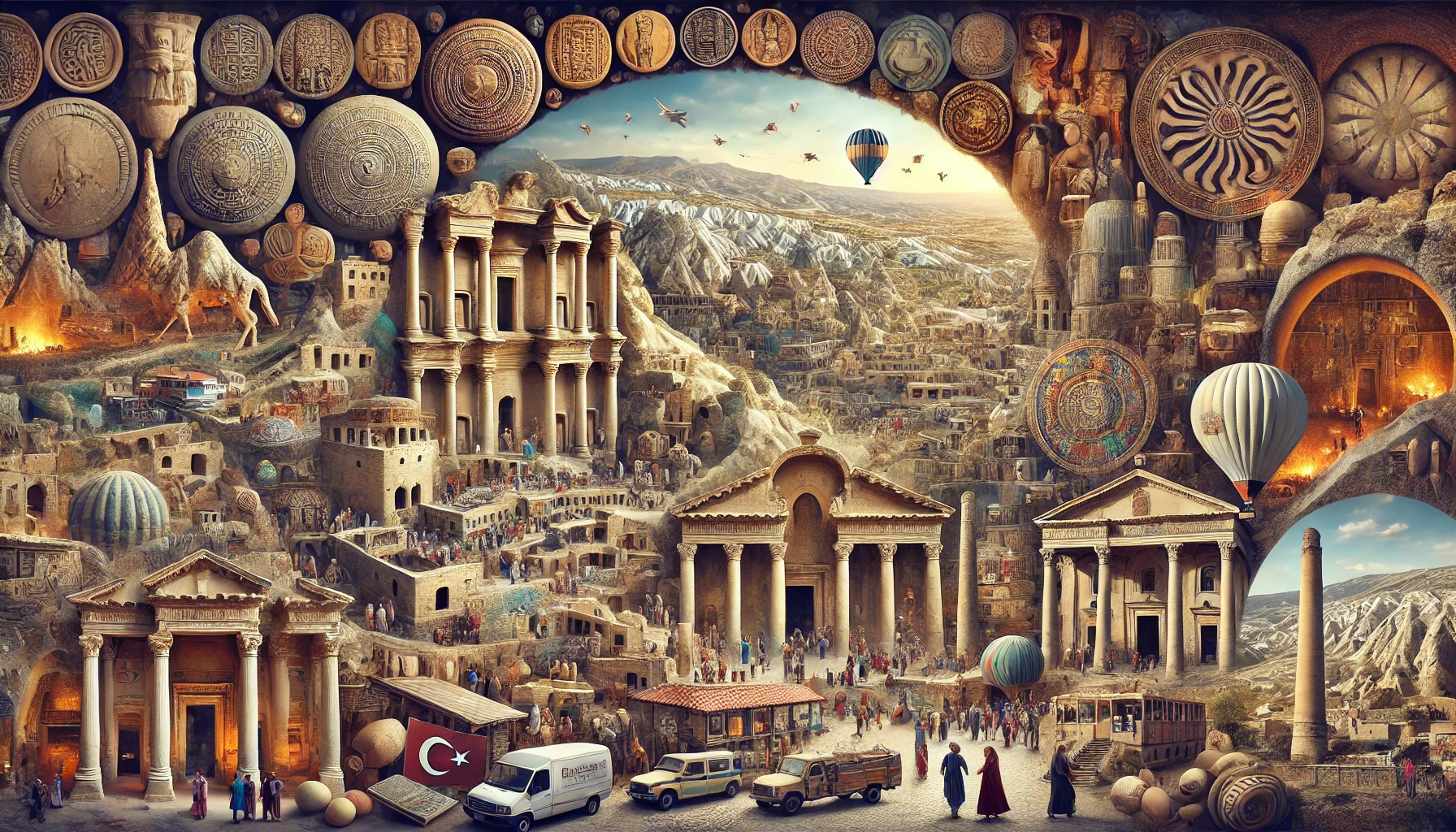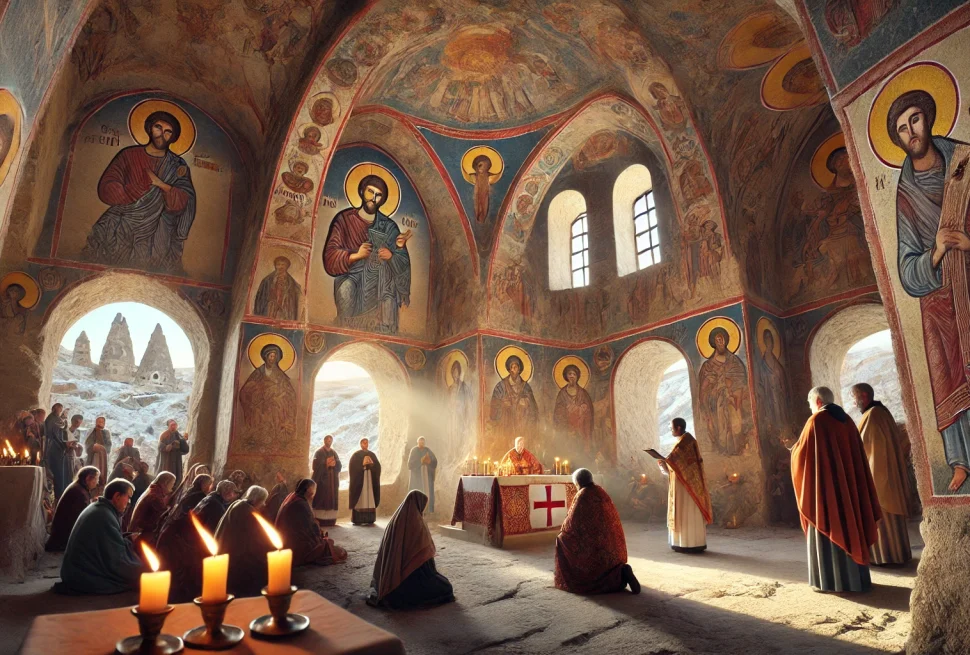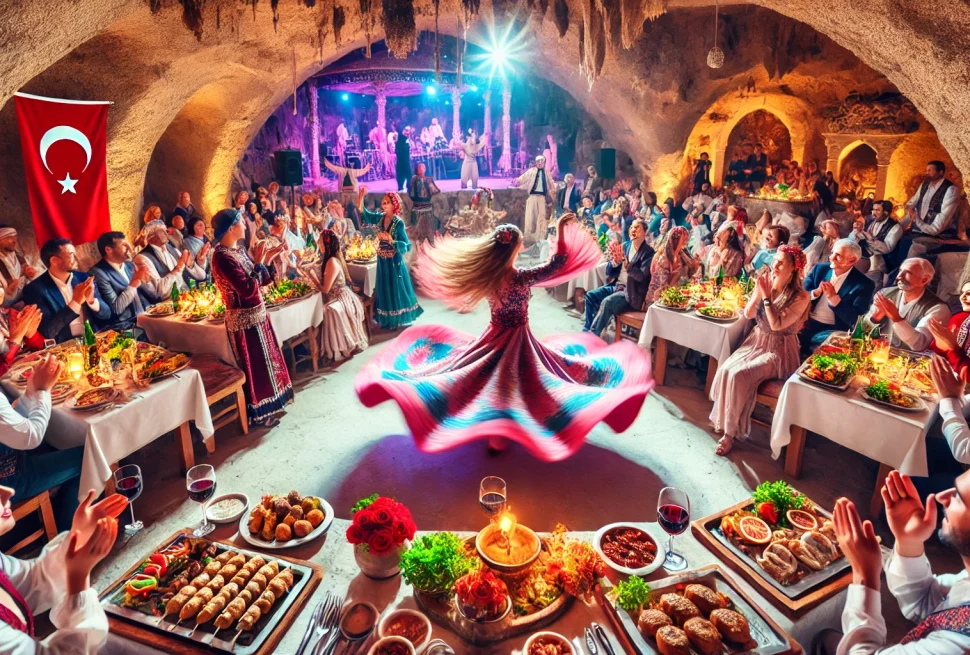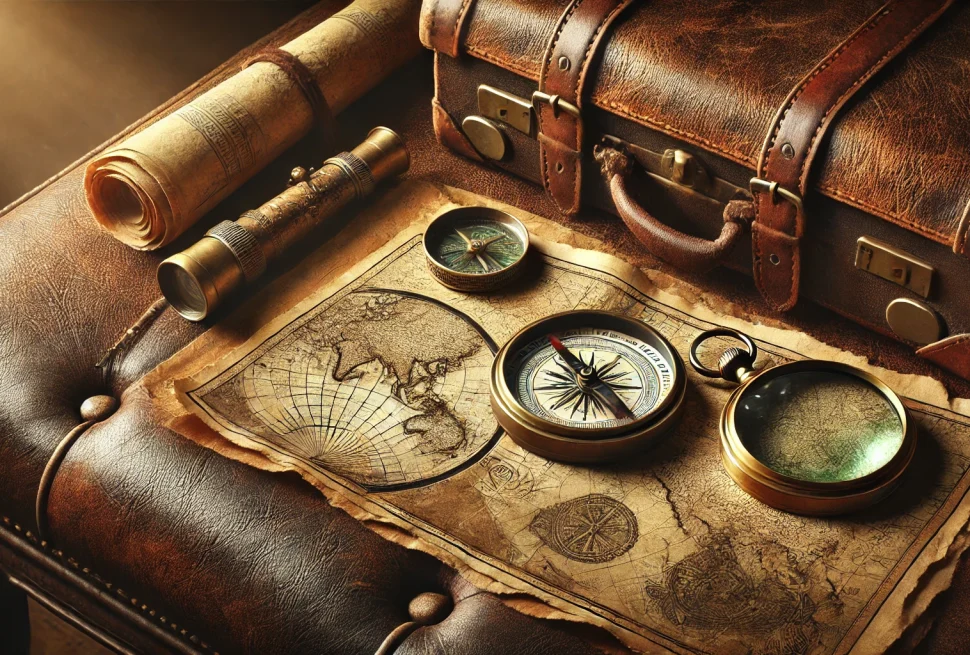Cappadocia, with its surreal landscapes and unique geological formations, has been a cradle of human civilization for thousands of years. The region’s strategic location in central Anatolia made it a hub for cultures, empires, and religions, each leaving behind traces that still shape its identity today. At Reliance Tour Agency, we invite you to explore the fascinating history of the different civilizations that once thrived in Cappadocia, making it one of the richest cultural sites in the world.
The Hittites: Pioneers of Central Anatolia
The earliest significant civilization to leave its mark on Cappadocia was the Hittites. Inhabiting the region around 1600 BCE, they were known for their military strength, advancements in ironworking, and diplomatic prowess. The Hittites established trade routes that ran through Cappadocia, connecting the ancient world. Visitors can still see artifacts such as Hittite seals and pottery, offering a glimpse into this powerful ancient empire.
The Phrygians and Lydians: Artistic Flourish
Following the Hittites, the Phrygians and Lydians settled in the region, bringing with them a rich cultural heritage. The Phrygians, known for their music and mythology, left traces of their artistic spirit in the form of carvings and inscriptions. The Lydians, who invented coinage, contributed to the region’s development as a trade center, further enriching Cappadocia’s history.
The Persians: A Legacy of Tolerance
During the Achaemenid Empire, Cappadocia fell under Persian rule. The Persians allowed local cultures and religions to thrive, leaving a legacy of tolerance. Zoroastrianism, the Persian religion, influenced some of the spiritual practices in the region. Visitors can explore ancient ruins and tombs from the Persian period, reflecting the blend of local and foreign traditions.
The Romans and Byzantines: The Rise of Christianity
Cappadocia flourished under Roman and later Byzantine rule, becoming a key center for early Christianity. During this time, Christians fled persecution and sought refuge in Cappadocia’s underground cities and rock-hewn monasteries. The Göreme Open-Air Museum stands as a testament to this period, showcasing beautifully preserved frescoes that tell the stories of saints and the life of Christ. These early Christians also built extensive underground cities such as Kaymaklı and Derinkuyu, which visitors can still explore today.
The Seljuks and Ottomans: A New Era of Harmony
In the 11th century, Seljuk Turks arrived in the region, followed by the Ottomans, who ruled for centuries. Both empires brought Islamic art and architecture to Cappadocia, blending seamlessly with the region’s existing cultural heritage. Caravanserais, mosques, and madrasahs reflect the Seljuk and Ottoman presence, making Cappadocia a unique tapestry of diverse influences.
Cappadocia Today: A Living History
Today, Cappadocia stands as a living museum, where ancient ruins, rock-cut churches, underground cities, and Ottoman architecture coexist with vibrant local communities. Exploring this remarkable region allows visitors to travel through time, experiencing the layers of history left behind by the civilizations that once called Cappadocia home.
At Reliance Tour Agency, we are passionate about sharing Cappadocia’s incredible story with our guests. Join us on a journey through history as we explore the remnants of ancient civilizations, uncovering the secrets of a land that has welcomed and shaped countless cultures over the millennia.




